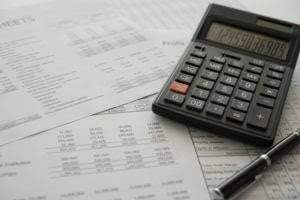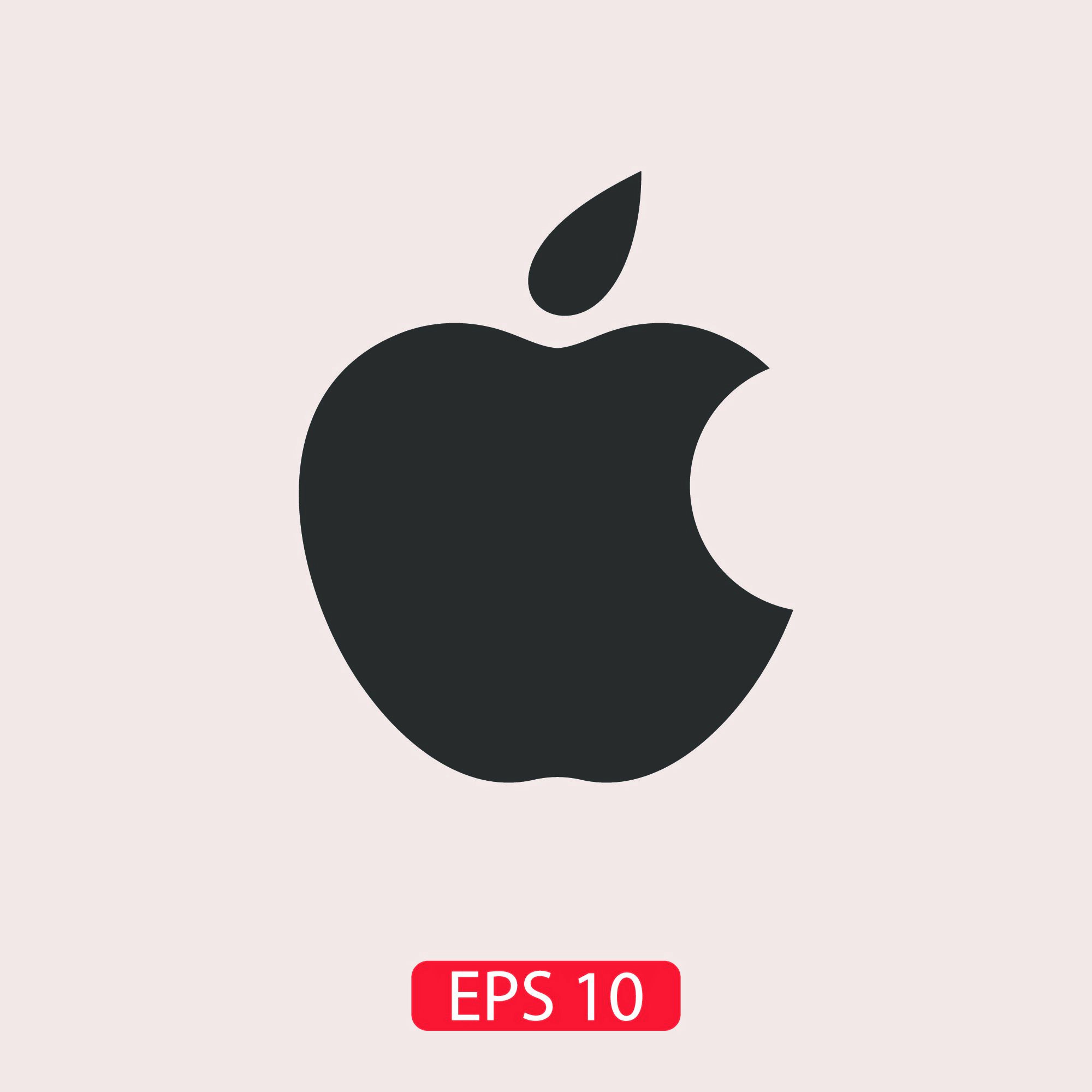Period and Product Costs Managerial Accounting

Out of these 500 units manufactured, the company sells only 300 units during the year 2022 and 200 unsold units remain in ending inventory. The direct materials, direct labor and manufacturing overhead costs incurred to manufacture these 500 units would be initially recorded as inventory (i.e., an asset). The cost of 300 units would be transferred to cost of goods sold during the year 2022 which would appear on the income statement of 2022. The remaining inventory of 200 units payroll would not be transferred to cost of good sold in 2022 but would be listed as current asset in the company’s year-end balance sheet.
- The difference between these and direct costs and overheads incurred during the period gives us the cost of services sold.
- Thus, these too are considered period costs and reported on the income statement as an expense.
- Sales commissions, administrative costs, advertising and rent of office space are all period costs.
- By looking at period costs, you can evaluate the impact of such decisions on the bakery’s overall financial health.
- Also, the overall cost determined under the overhead budget is converted into per unit terms to determine the cost of ending inventory.
- WIP in a service firm is similar to that in a manufacturing context in that it represents the value of the unfinished work.
- But they’re ongoing expenses necessary for the daily operation of the entire bakery.
E-Commerce Profit and Loss Statement
Ever wondered how businesses track and manage the various expenses they incur while keeping their operations running smoothly? From paying employee salaries to covering utility bills and marketing expenses, Period Costs encompass a wide range of expenditures necessary for day-to-day business operations. The most crucial step of the whole budgeting process is determining the overall and expected product cost per unit (shirt). A direct Labor Budget is required to estimate the labor force requirements to produce the required units of Cash Flow Management for Small Businesses goods per the production budget.
- Period Costs are typically classified as selling, general, and administrative expenses (SG&A) on the income statement.
- Period costs are closely related to periods of time rather than units of products.
- Manufacturing overhead costs are manufacturing costs that must be incurred but that cannot or will not be traced directly to specific units produced.
- In this guide, we’ll delve deep into the world of Period Costs, exploring their definition, types, significance in financial analysis, methods of allocation, and strategies for effective management.
- These costs are directly tied to the products purchased and are capitalized on the balance sheet as part of the current assets until the products are sold.
The timing of period costs

Period costs include selling expenses and administrative expenses that are unrelated to the production process in a manufacturing business. Selling expenses are incurred to market products and deliver them to customers. Administrative expenses are required to provide support services not directly related to manufacturing or selling activities. Administrative costs may include expenditures for a company’s accounting department, human resources department, and the president’s office. If the related products are sold at once, then these costs are charged to the cost of goods sold immediately.
Indirect Allocation
- This timing is crucial for accurately determining the total cost of producing each unit.
- This approach can be particularly effective in industries where customer acquisition costs are high, but the lifetime value of a customer is significant.
- By implementing robust performance evaluation and monitoring processes, businesses can identify cost-saving opportunities, optimize resource utilization, and drive sustainable growth and profitability.
- These are more like ongoing business expenses, not tied to a particular product but necessary for keeping the lights on.
- Direct materials are those raw materials that can be easily identified and measured.
As with direct material costs, direct labor costs of a product include only those labor costs distinctly traceable to, or readily identifiable with, the finished product. The wages paid to a construction worker, a pizza delivery driver, and an assembler in an electronics company are examples of direct labor. Accurate cost classification is foundational to robust financial reporting and sound business strategy. By properly categorizing costs as either product or period expenses, organizations can achieve a true representation of their financial performance. It underpins effective pricing strategies, budget control, and investment planning, which are critical for the sustainable growth of a business.

As shown in the income statement above, salaries and benefits, rent and overhead, depreciation and amortization, and interest are all period costs that are expensed in the period incurred. On the other hand, costs of goods sold related to product costs are expensed on the income statement when the inventory is sold. Period costs include any costs not related to the manufacture or acquisition of your product. Sales commissions, administrative costs, advertising and rent of office space are all period costs. These costs are not included as part of the cost of either purchased or manufactured goods, but are recorded as expenses on the income statement in the period what are period costs they are incurred.
- Direct material costs are the costs of raw materials or parts that go directly into producing products.
- In a manufacturing company, overhead is generally called manufacturing overhead.
- It is also useful for determining the minimum price at which a product can be sold while still generating a profit.
- Direct materials are those materials used only in making the product and there is a clear, easily traceable connection between the material and the product.
- Such costs include expenses, like compensation, employee benefits, and payroll taxes.


